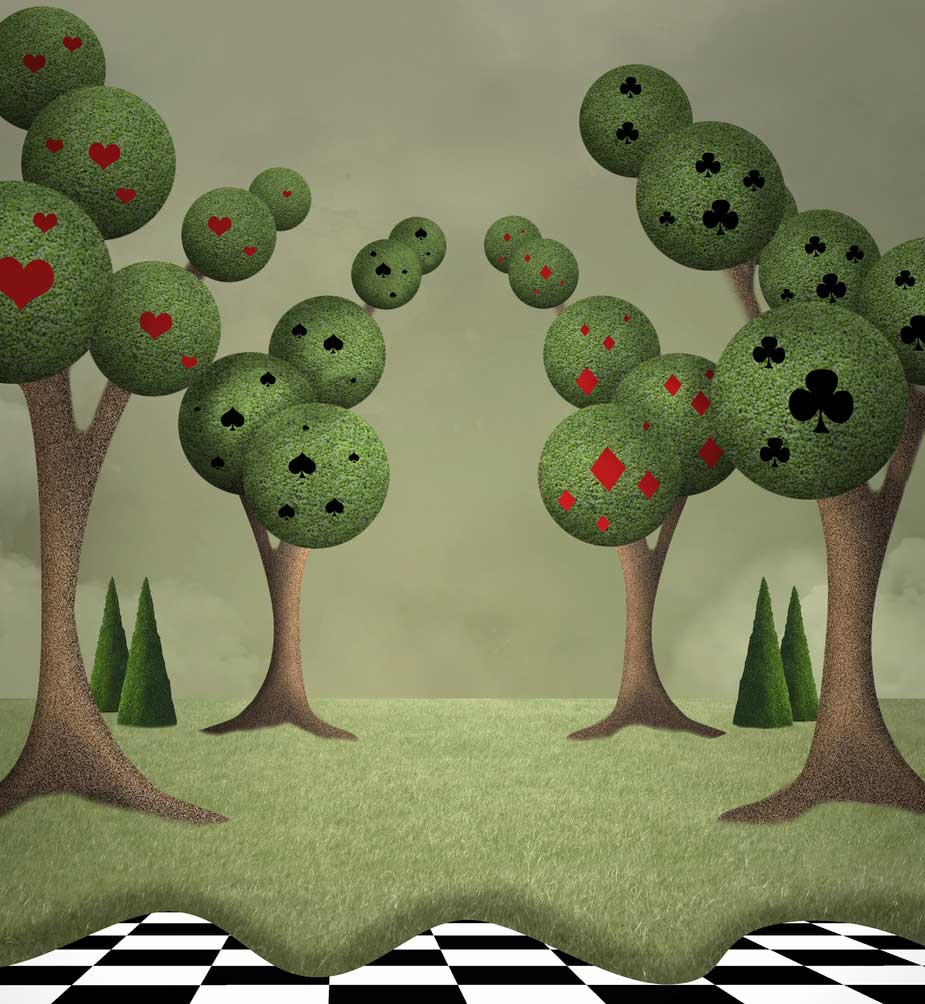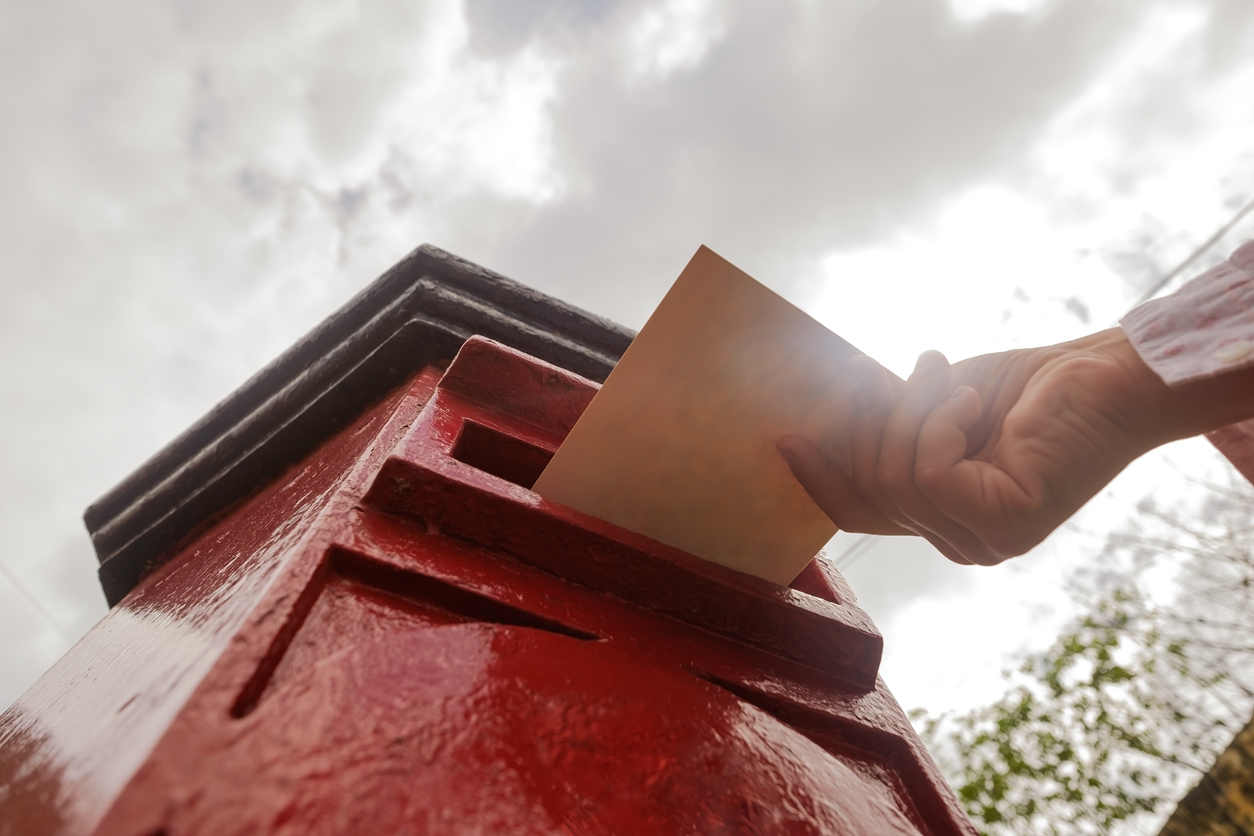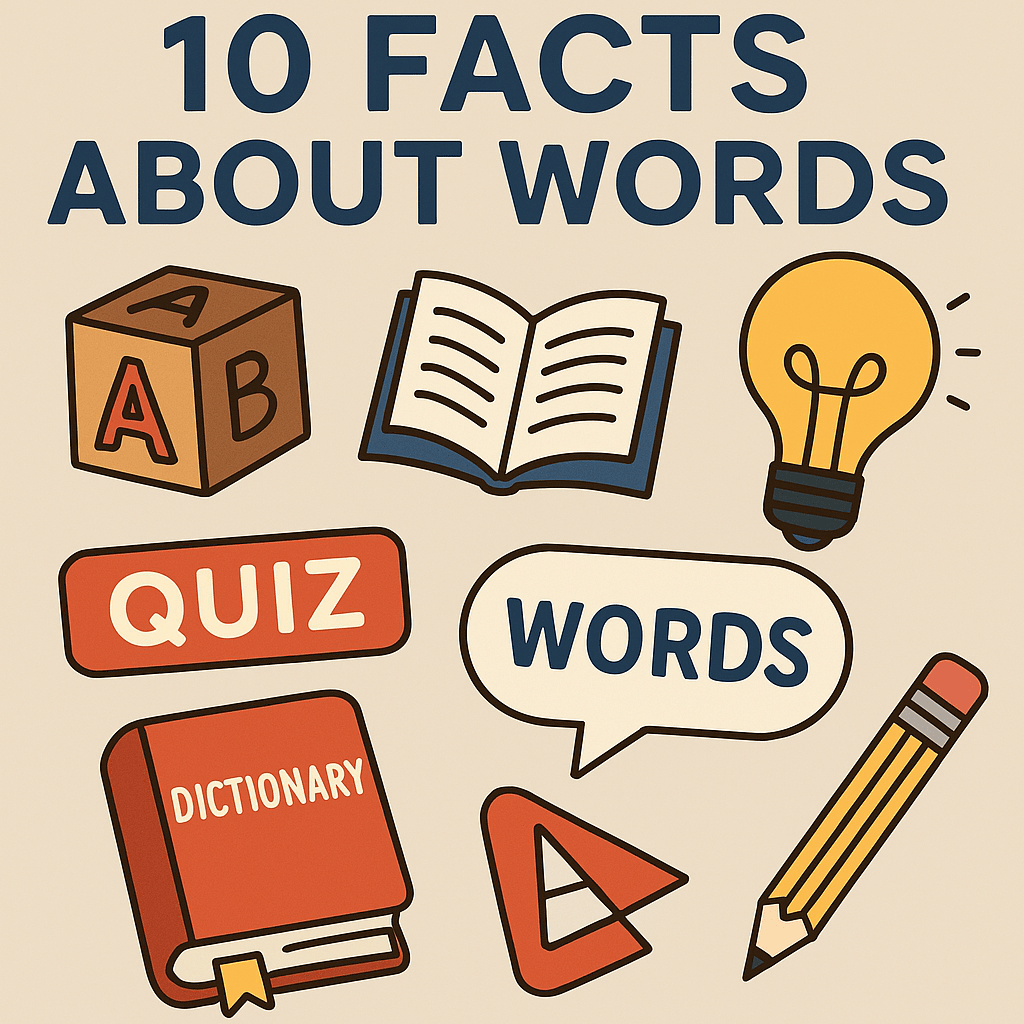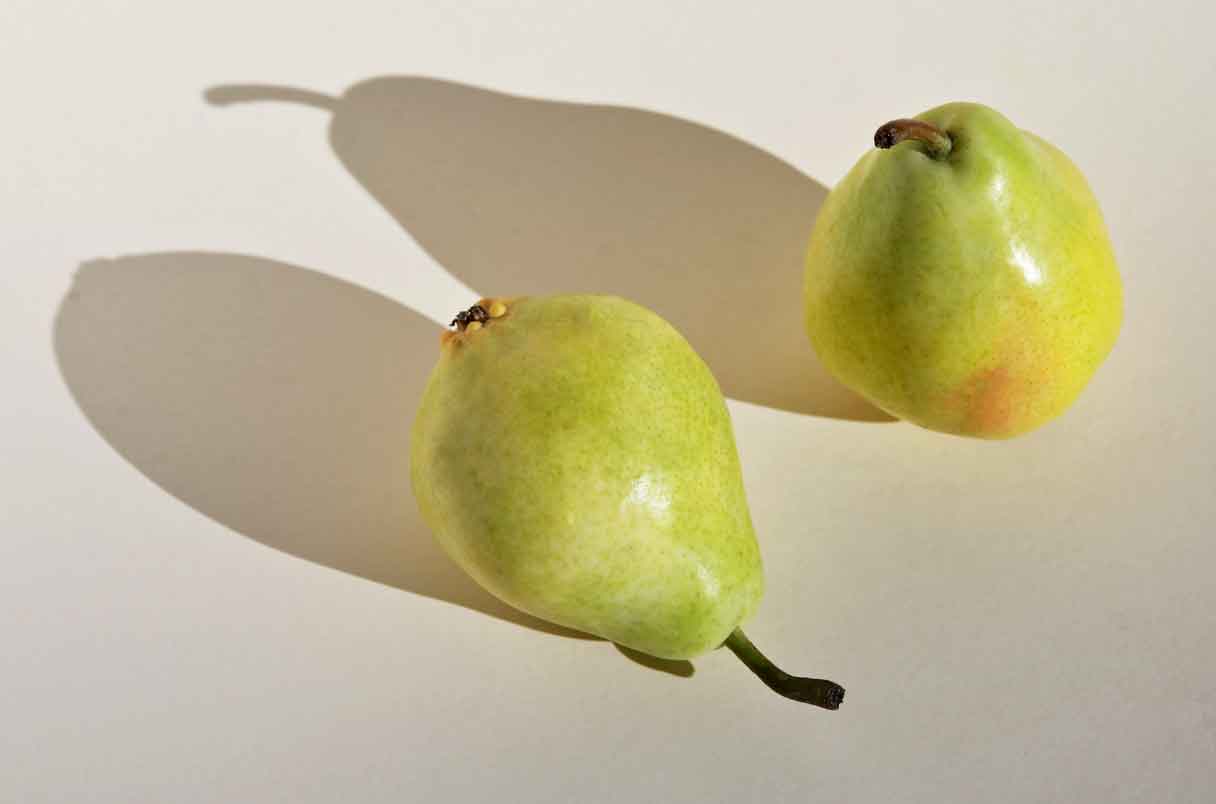Homophones
Homophones are words that sound the same but have different spellings (and meanings).
For example “flower” and “flour”


“knight” and “night”


or even “son” and “sun”


Homophones are at the heart of wordplay!
Even the simple homophone of “bear” and “bare” has racked up millions of views on TikTok:
@raeproduced #remastered Ian’sversion
The thing to remember about homophones is that they are spelled differently but sound exactly the same.
But another important aspect of wordplay is simply words that can mean multiple things. What are those called?
Homonyms
Homonyms are words that have multiple meanings while sounding exactly the same. For example, “bat”.


or “bark”


Homonyms are always pronounced exactly the same. But what about words with multiple meanings and different pronunciations?
Homographs
Last but not least, we have the tricky Homograph, which are words that have multiple meanings but also multiple pronunciations.
Think “tear” and “tear” – to rip something, or a single drop of liquid from the eye.


Another good one is “lead” and “lead” – to guide others, or a type of metal, pronounced “led”.


Homographs are always spelled the same, but pronounced differently.
Nuances of Language
Understanding homophones, homonyms, and homographs is crucial for mastering the richness of the English language. These words can add a layer of complexity to both written and spoken communication, and their inherent wordplay makes life a little more fun and playful along the way!
Speaking of wordplay, click the button below to try one of Wordshake’s Daily Puzzle Words and stretch your word-association skills!












What has happened to the Boggle live game option?
Hello! It has just moved to its new home at https://bogglelive.com
I Don’t Know
The switch to “expert” level on the boggle game has disappeared (for me anyway). Is this a glitch, or has it been permanently removed? Thanks for all you do for this site!
Hi Akamk,
The Expert list has been removed as it was breaking the define-button on the Boggle page. The two lists have been consolidated into one, with more “expert” words being added every day. If you find a word that should be included in the game, do let me know at hello@wordshake.co! I’ll also enable comments underneath each puzzle moving forward.
Thank you for responding so quickly! That does make sense, and I will continue to enjoy the game.
that makes so much more sense to me
w
how come you can’t play boggle live
That Is Cool
I LIKE WORDSHAKE!!!
hii guys im Rumi from k pop demon hunters and i love wordshake